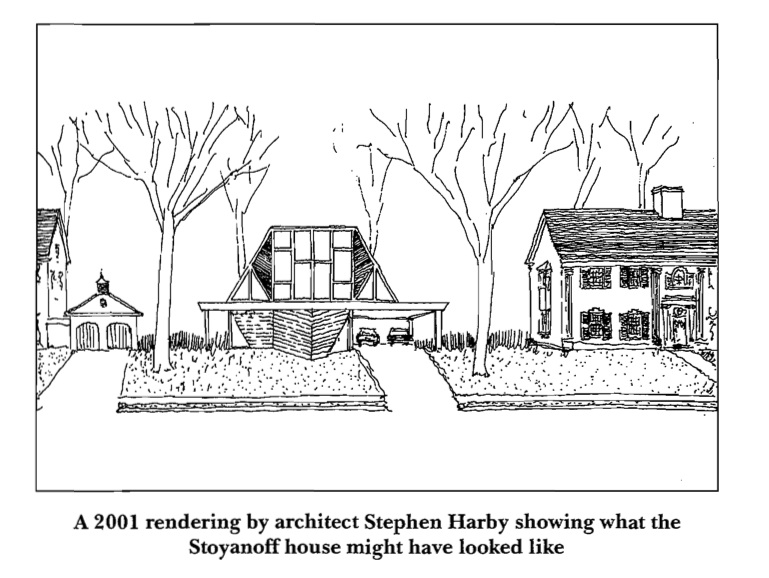Today we will continue our coverage of zoning, with a focus on aesthetics (a word I am incapable of spelling without spell check).
The lecture notes are here, and the live chat is here.
For the first case, State ex rel Stoyanoff v. Berkely, Ladue, MO is the wealthiest suburb of Missouri (anyone know what ex rel means?). The media income was $141,000. Check out the property values on Zillow–most houses are over $1 million. Ladue, also the site of the third case, City of Ladue v. Gileo, has particularly high property values in the Willow Hill subdivision.
This is a rendering of the Stoyanoff house:
For you Rand fans, the Stoyanoff case may remind you a bit of The Fountainhead.








Roark, the architect in the Fountainhead was inspired by Frank Lloyd Wright who designed Falling Water.
![[Fallingwater: fall photo]](http://www.wright-house.com/frank-lloyd-wright/fallingwater-pictures/fallingwater-1.jpg)
For the second case, Anderson v. Issaquah, you can learn more about Issaquah, Washington here. Here is a map of 145 N.W. Gilman Blvd, Issaquah, WA. It seems to be an Auto Tech store now.
And for an adverse possession flashback, check out this video. A homeowner in Detroit left her house vacant for a year and a squatter moved in. The squatter put a lien on the house, and now refuses to leave. The homeowner is in the process of filing the action to oust the squatter. But until that happens, under Michigan law, the homeowner can’t physically eject the squatter. So, they are both living under the same roof. Unbelievable.

